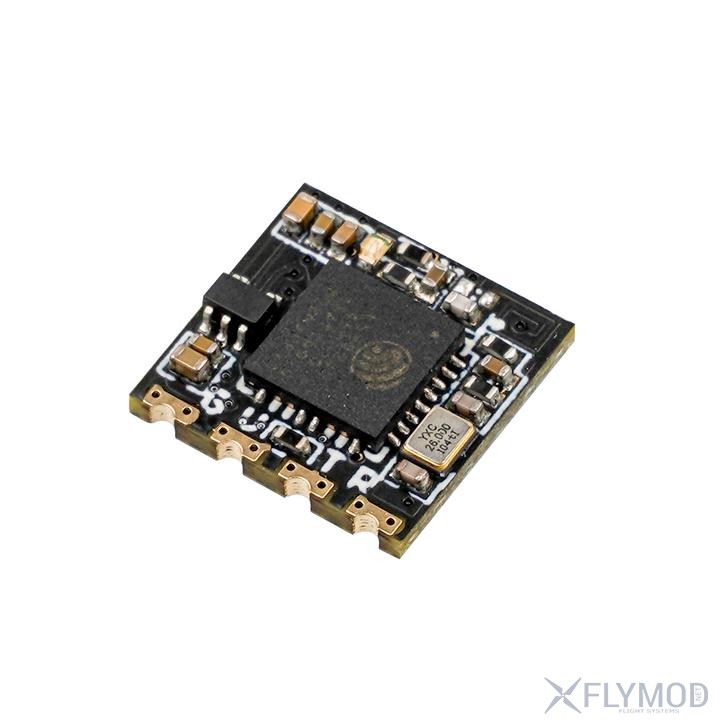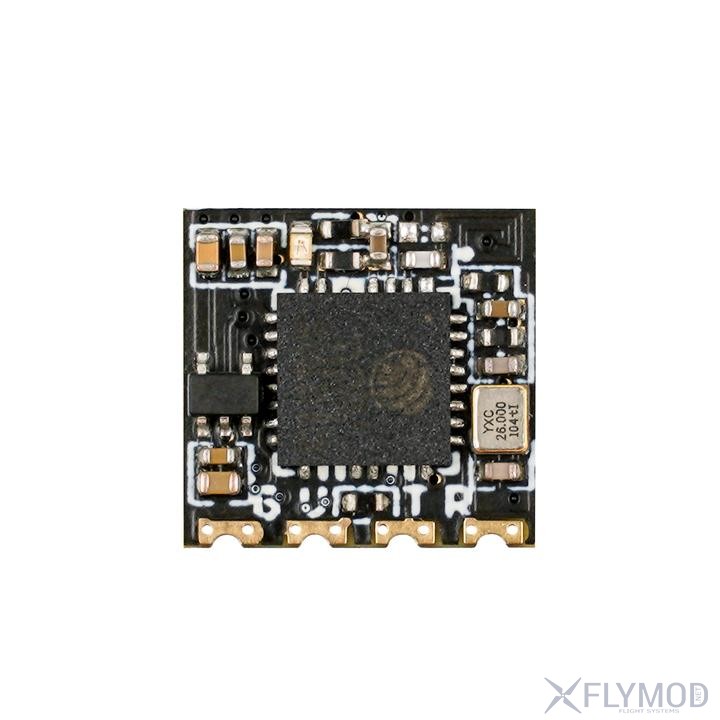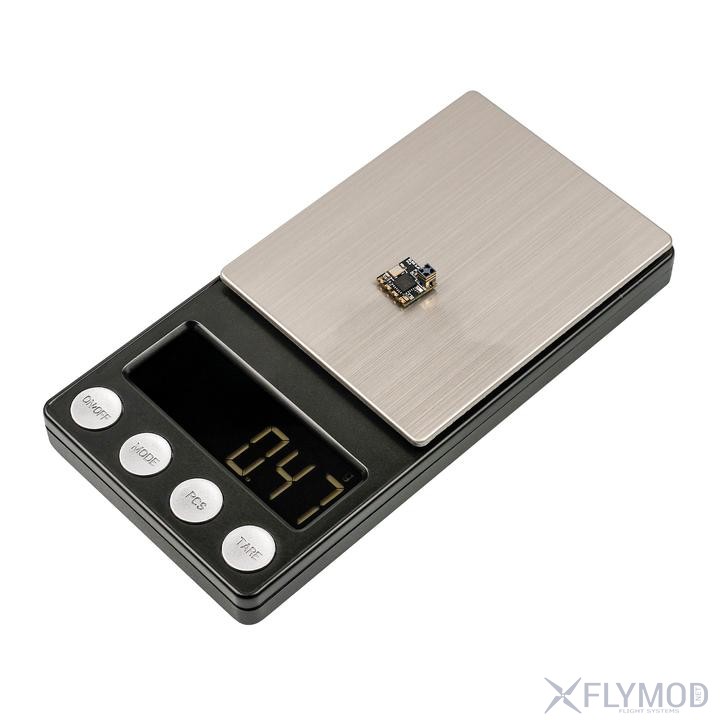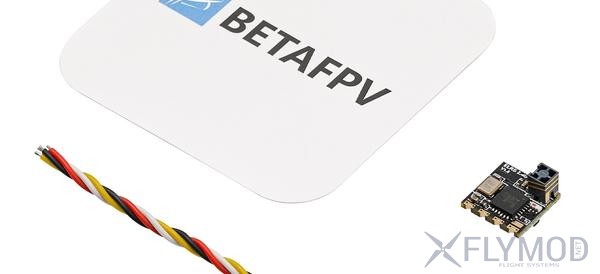- My cart
- Prices in: USD
Show prices in:
- Exchange $: 42.9uah
- UA RU EN
Authorization withGoogle
Authorization withGoogle
Show prices in:
Bonuses will be issued for this product upon purchase
Read moreSuper tiny and lightweight BetaFPV ELRS Lite 2.4G receiver with built-in ceramic antenna for use on micro quadcopters for indoor flying. It is based on the open source ExpressLRS project.
The Nano receiver (version 2.4G) is the first and (so far) only receiver with a power amplifier (PA + LNA). It has a 100mW telemetry output and better sensitivity with increased range. The Lite receiver has no PA / LNA, so its telemetry output is the same as the SX1280 RF chip with 17mW.
In addition, the Nano receiver comes with a conventional external dipole T-antenna. The Lite receiver has an integrated ceramic SMD antenna, making it much smaller.
For 65-85mm diameter drones with light weight and limited flight space, the Lite receiver will be the best choice.
Note: the ELRS firmware version on the TX module and receiver must be the same version, otherwise the frequency cannot be successfully matched.
Diagram of the BetaFPV ELRS Lite 2.4G receiver version
ExpressLRS uses the Crossfire serial protocol (also known as the CRSF protocol) to communicate between the receiver and the flight controller. A flight controller with Betaflight firmware is used as an example to show how to configure the CRSF protocol.
The connection between the ELRS Nano receiver and the controller board is shown below.
Enable the appropriate UART (e.g. UART3 below) as the serial Rx on the "Ports" tab of the Betaflight configurator.
On the "Configuration" tab, select "Serial-based receiver" in the "Receiver" panel and select "CRSF" as the protocol. Telemetry is optional here and will reduce the refresh rate of your flash drive due to the fact that these transmit slots are used for telemetry.
The BetaFPV ELRS Lite receiver comes with the official version of the ELRS protocol V1.1.0 and no mandatory phrase for binding. The Lite receiver can enter tethering status on power on/off three times.
Note: If you reprogram the receiver firmware using your own binding phrase, make sure the TX module has the same binding phrase. In this situation, the RF TX module and the receiver will communicate automatically. Once the passphrase is set, the receiver can no longer be re-bonded using the standard "three on/off" method.




Reviews and discussions
There are no messages yet. Leave your message first.
Registration